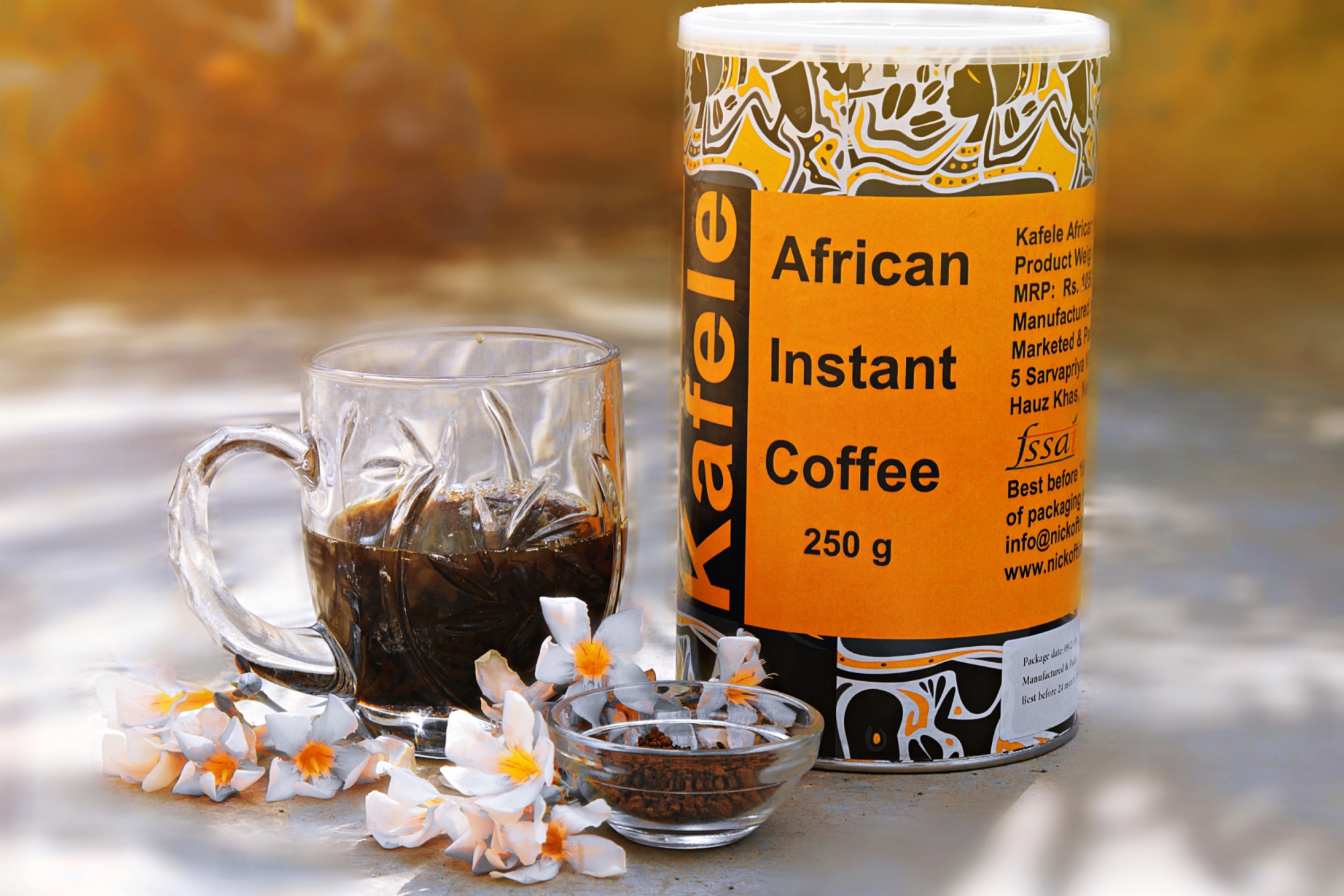All we need is air, water and Lunn salt
“All you need is air, water, and Lunn salt,” says Himanshu Vyas, an agripreneur who prefers traditional methods to contemporary ones. Himanshu Vyas is a small handful of farmers who have decided to grow organic desert salt rather than use microplastics or mechanical cleaning. Salt farming is more than a play for him. As a result, he came up with the idea of producing organic and vegan salt in an unpolluted desert environment. “However, isn’t all salt vegan?” you may wonder. “Not unless the waste from the sea is eliminated.” Himanshu clarifies. To mend salt from desalination, reverse osmosis is utilised, which requires pushing water at high pressure to remove salts.

Ocean and river salt is a byproduct of water containing aquatic life and the waste that they make. Not very vegan, right? Again, by contaminating marine habitats with antifoulants, antiscalants and other hazardous compounds, oceans and rivers pose a substantial risk to marine ecosystems. In the process, liquefied oxygen is depleted, posing a serious environmental threat! Lunn Salt, on the other hand, has received the Vegan certification since they produce salt in an environment free of aquatic life and/or pesticides due to the lack of other farms in the area.

That’s not all, according to Himanshu, who observed that his desert-grown salt had a different colour and texture in the summer and winter during the early phase. This striking contrast has become an Instagram sensation, with every other culinary influencer posting compelling images on the two salt varieties.
Table of Contents
Lunn Summer and Winter Desert Salt
Extensive water pools generated by pure rainwater are stifled beneath the golden sands of Thar, the world’s 9th-largest subtropical desert. Monsoon rains refill the water levels each season, establishing a sustained cycle. Rainwater trickles down the sand, concentrating rich minerals that eventually turn into dunes of one of the purest salt classes on the planet. After that, the hand-harvested salt crystals are cleaned, packed, and ready for shipment around the world. Desert Salt is harvested twice a year by Lunn. Sun-dried summer salt generates sun-tanned crystals, but winter salt that has been dried for a longer period produces sparkling white crystals.

Both varieties have 70 minerals that are necessary for maintaining a healthy lifestyle. Lunn Desert Salt is a gluten-free, unprocessed product devoid of microplastics but high in minerals. The salt has a subtle flavour, is low in sodium, and enhances the taste of your dish. On many levels, a chat with Himanshu was eye-opening. For the first time, I pondered whether I want to consume salt from polluted waters or fresh rainwater? Even if the question was not difficult, the answer is straightforward. Now it’s up to you to decide which path you’ll take.
Lunn Garlic Herbal Blend
The Lunn natural desert salt with garlic herbs is another version I sampled. This exotic herbal mixture comes in a glass blender jar with a grinder, that can be adjusted. It can be refilled and is very easy to use. Also, the blend is perfect for adding a subtle touch of flavour to a variety of foods, including soup, salad, pasta, bread, and regular meals. Just sprinkle the flakes on top of your food to add a burst of flavour. This aromatic blend’s rich flavour is high in minerals and enhances the taste of meals.

Light orange peels, basil, oregano, thyme, rosemary, and crystals of unprocessed Lunn desert salt rich in minerals harmonise the garlic herb seasoning. This organic vegetarian combination is devoid of preservatives and genetically modified organisms. The grinder is simple to clean and maybe refilled as needed.
Edible Hibiscus
The edible Hibiscus brought the sampling to a close. While floral centrepieces are a time-honoured tradition, putting them on your dinner plate is even better. Even though not all flowers are edible, Hibiscus provides numerous health benefits and a remarkable flavour. Edible flowers have become a staple of the gourmet menu, from entrées to sweets. The most sought-after edible type of Hibiscus (roselle) is the intricate blossom, which can be eaten raw or combined with herbal tea.

This red Hibiscus is prized for its culinary and therapeutic properties, and because it has an acidic flavour, I like to mix it with something slightly sweet. A mango mousse, a glass of champagne, or a cream cheese pudding are just a few examples. No better way to cap off a superb meal!



